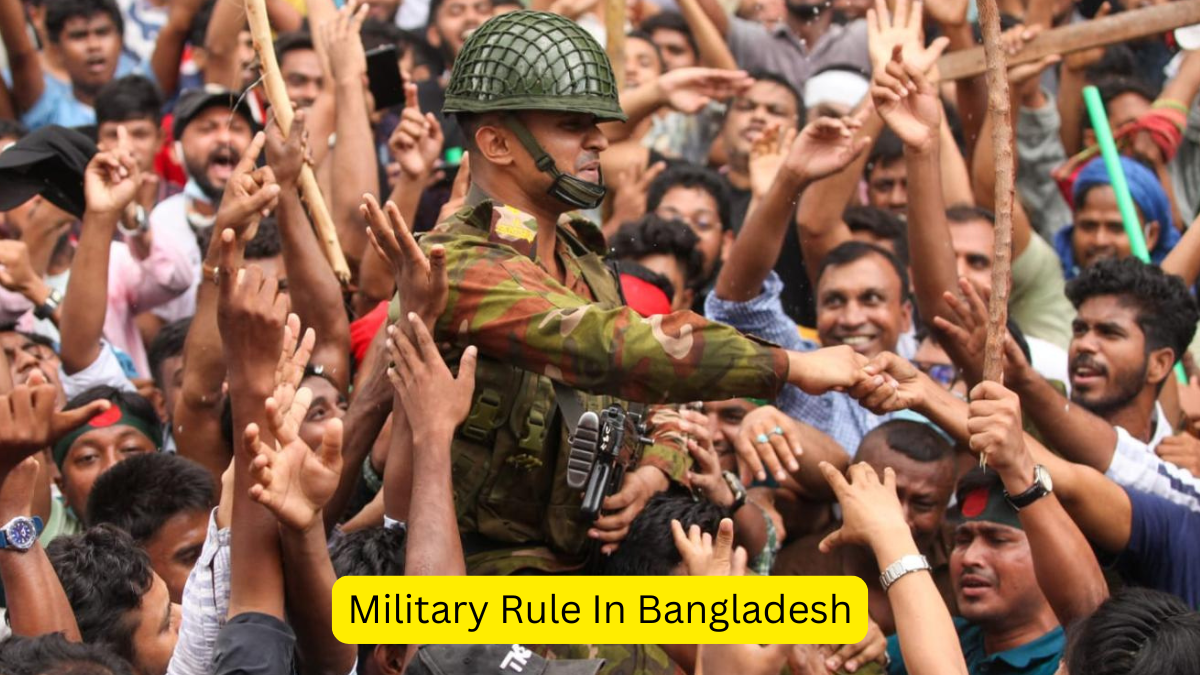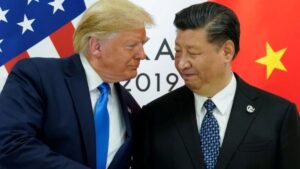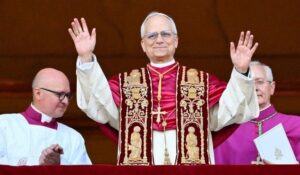Bangladesh is in the grip of a major political crisis after its prime minister Sheikh Hasina stepped down and left the country amid violent protests against her regime. The protests over the controversial job quota order escalated into into wider calls for her ouster.
What happened in Bangladesh?
Bangladesh Prime Minister Sheikh Hasina has stepped down from office, ending 15 years of what the opposition says was “authoritarian rule” and sparking celebrations across the country.
A vital role in disaster management
Apart from remaining prepared to safeguard the sovereignty of the country, Bangladesh Armed Forces plays a vital role in disaster management as part of overall national strategy to cope with disaster. Bangladesh Armed Forces is performing its sacred duty of maintaining peace in Chittagong hill tracks. Bangladesh Armed Forces also performs a remarkable and key role in the nation building activities.
What is going to be in Bangladesh?
General Waker-uz-Zaman, the chief of army staff, said in a statement on Monday that an interim government will take over with immediate effect and asked citizens to keep their trust in the army.
Protest in Bangladesh
The mass protests in Bangladesh began as student demonstrations demanding reforms to the civil service quota system. Students argued that the existing quotas unfairly benefited loyalists of Prime Minister Sheikh Hasina’s ruling party, the Awami League. The protests grew as demonstrators expressed broader discontent with Hasina’s government, which they accuse of autocratic practices and suppressing dissent. The government’s response, including closing schools and universities, failed to ease the unrest.
Caused for protest in Bangladesh
- The demonstrations began in July in Dhaka and were initially led by students angry at a court’s reinstatement of a job quota scheme that was rescinded in 2018.
- The policy reserved 30 percent of government jobs for descendants of veterans who fought in the 1971 war of independence from Pakistan – most of whom are linked to Hasina’s Awami League party, which led the independence movement.
- A further 26 percent of jobs were allocated to women, disabled people and ethnic minorities, leaving open about 3,000 positions for which 400,000 graduates compete in the civil services exam. A fifth of Bangladesh’s 170 million people are unemployed.
- Rallies against the quotas intensified after Hasina referred to the protesters as “Razakars”, which refers to people who collaborated with Pakistan during the 1971 war.
- From July 10 to July 20, more than 180 people were killed in some of the worst periods of unrest during Hasina’s 15-year tenure. Police said protesters vandalised property and torched government buildings, including a national television station.
- The Supreme Court rescinded the job quota policy on July 21, ruling that 93 percent of jobs would instead be open to candidates on merit. But the protests continued unabated as students and other citizens assembled in a new wave of rallies. They called for justice for those killed and pressed a new, singular demand – that Hasina step down.
- Hasina and members of her cabinet sounded defiant until the end, accusing opposition forces of fuelling the protests. On Sunday, Hasina called the protesters “terrorists”.
Bangladesh Military
Armed Forces of Bangladesh consists of three uniformed military services of Bangladesh – Bangladesh Army, Bangladesh Navy and Bangladesh Air Force. Bangladesh Armed Forces is responsible to safeguard sovereignty and territorial integrity of the country by protecting national land, maritime, air space and national cohesion against threats emanating from within or outside. This ensures that the country can prosper in freedom and interact with the world on the basis of equality and mutual respect.
Military Rule in Bangladesh
Autocratic regimes have a habit of ending quickly. On August 5, after weeks of violent protests, Bangladesh’s Prime Minister Sheikh Hasina, was ushered into an army helicopter and flown out of the country, after crowds reportedly stormed her residence in Dhaka. The Bangladesh Army chief, General Waker-Uz-Zaman, announced the formation of an interim government, with promises to hold early elections and a return to civilian rule. But the Army will have a difficult job in rebuilding a stable political system that has been undermined by Hasina’s 16 years of autocratic rule. It will also need to navigate competing claims for influence by India and China and a civil war in neighbouring Myanmar.
Loss to India
Modi and the Indian security establishment have long relied on Hasina to keep Bangladesh stable and stave off the influence of the Islamists as well as regional rival China. With Hasina gone, Modi has now lost his closest ally in South Asia, underlining India’s declining influence among nearly all of its South Asian neighbours.
India-Bangladesh Bilateral Relations
India and Bangladesh share deep-rooted bonds of history, language, culture, and multitude of other commonalities. The outstanding nature of bilateral ties is reflected in an all-encompassing partnership based on sovereignty, equality, trust, and understanding. This partnership has evolved as model for bilateral relations for the entire region and beyond.




 US-China Trade Talks Conclude with Promi...
US-China Trade Talks Conclude with Promi...
 India and European Will Restart FTA Talk...
India and European Will Restart FTA Talk...
 Robert Francis Prevost Becomes Elected N...
Robert Francis Prevost Becomes Elected N...

